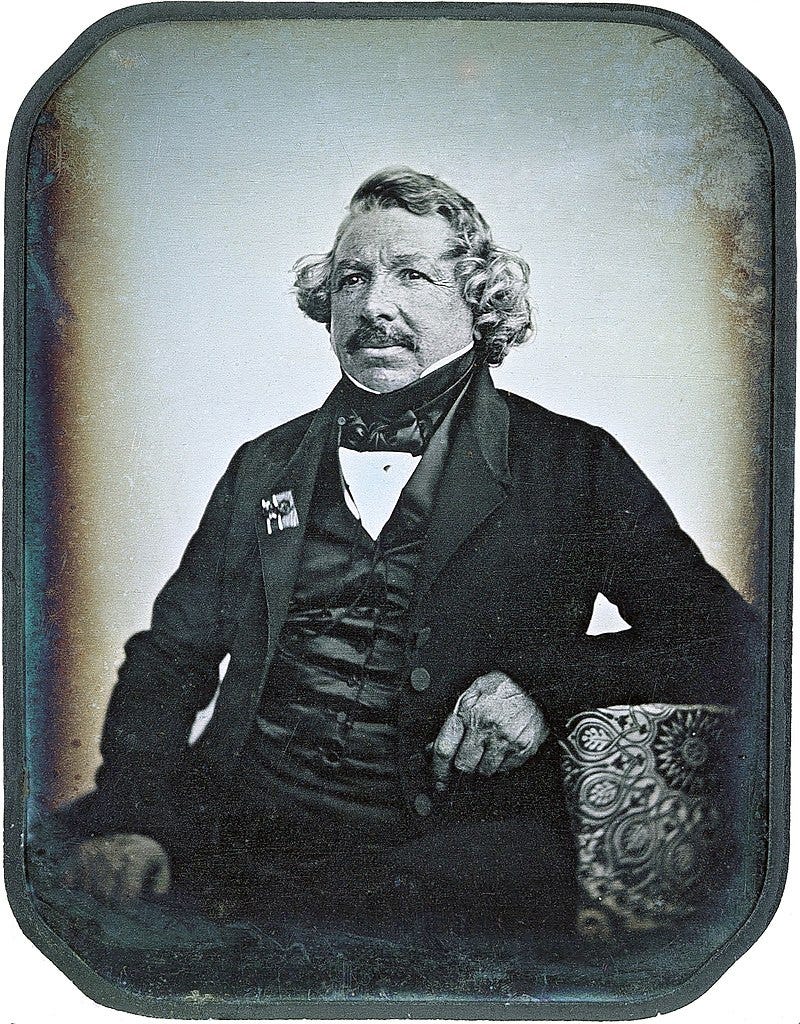Generative AI and the Falling Costs of Art Creation
For individual creators on a budget, the future is bright.
A woodcut depicting a step in the process of ancient Chinese papermaking. (1637)
There has been much doom and gloom recently about generative AI, especially by workers that will be affected (or replaced entirely) by the proliferation of these tools.
While this is no doubt a serious problem for creative professionals, it’s also worth looking at these developments from the perspective of the amateur creator. That is, from the perspective of someone who is creating art for personal enjoyment, as a semi-monetized hobby, or simply as a person without industry connections or funding for creating a “professional” product.
From this perspective, generative AI tools are extremely compelling, as they promise to allow someone with a limited skillset and small budget to create works that previously would have been impossible to create.
To put it simply, the cost of creating art is going down, big time.
The Cost of Art Materials: A History
This might seem like a modern phenomenon, but in fact it’s quite typical for new technologies to commoditize existing ones and make previously expensive tasks cheap or even free. Consider these historical examples:
Writing Paper
The material cost of writing a novel, poetry, screenplay, or other written work today is functionally zero: a notebook and a pack of pencils costs $5 or $10 total, at most. And if you look hard enough, these materials can be found for free.
This is a significant change from a few thousand years ago, when the predecessors to paper (papyrus or parchment) were difficult to make. It was even expensive a few hundred years ago. It’s difficult to find accurate information on how much writing materials cost in prior eras, but this essay suggests that, in England during the late 1500s, “…the average laborer making 6-12 pence a day could purchase up to 75 sheets of paper with a day’s wages.”
Assuming that a modern notebook is 75 pages and the US federal minimum wage is $7.25 an hour, times 8 hours for a day’s wages, that means a single notebook would cost, at minimum, approximately $58. Not exactly cheap.
Portrait Painters and Photographers
Prior to the invention of photography, if you wanted an image of yourself, you had essentially two options: draw it yourself or commission a portrait. Portraits were quite expensive and mostly only available to the upper classes – at least until the late Renaissance, when they became slightly more accessible to the growing middle classes.
A daguerreotype, an early form of photography (1844)
After photography’s popularization in the mid 1800s, the cost of having a personal image went down to about $100-$200, adjusted for 2023. Still expensive, but an order of magnitude lower than portraits. Today, of course, any inexpensive cell phone can take an unlimited number of photographs for free.
Film production. Video/film production is another related example. 70 or 80 years ago, film cameras and related equipment were too expensive to own for anyone other than large film studios or news corporations.
Today, feature films have been shot entirely on a cell phone. As with photography, the cost of actual production is nearly zero, even if other costs (actors, props, location permits, etc.) aren’t necessarily inexpensive.
These are only a few examples, but I can’t think of any individual art object that is more expensive to create today than in the past. The only counterexamples may be large-scale architectural structures, which were less expensive in the past – probably because of cheaper labor and less worker protections.
Enter: Generative AI
How does generative AI fit into this narrative? Well, it’s simply the next step in the same process: creating artistic assets that previously required a certain skillset or lots of money are now becoming accessible and affordable. In concrete terms, generative AI tools can be used to:
create graphics, NPC dialogue, background images, and other assets for video games
create logos, ad images, posters, postcards, fliers, and other marketing materials for films, games, or anything else
create background music, themes, and other soundtracks for films or video games
generate patterns and designs for fashion designers
…and so on.
At the moment, most of these tools are still in their infancy and the results aren’t overly impressive. These issues will no doubt be fixed in the future.
A few years ago, however, doing most of these steps required hiring someone or learning the skills yourself. A few years from now, it will be easy for a budding filmmaker to bring their vision into being without needing to hire a half-dozen professionals. This means that the budgetary requirements for creating a film will drop considerably.
Is that ultimately a good or bad thing? It depends.
From the perspective of the consumer, the lack of barriers to entry could overwhelm the market, making it impossible to navigate through millions of pieces of AI-generated content, most of which is of low quality.
From the perspective of the creator, however, this same lack of barriers promises to make previously expensive art forms like film considerably more accessible. For the filmmaker, video game designer, or other creator on a budget, the future of art-making seems increasingly affordable.


